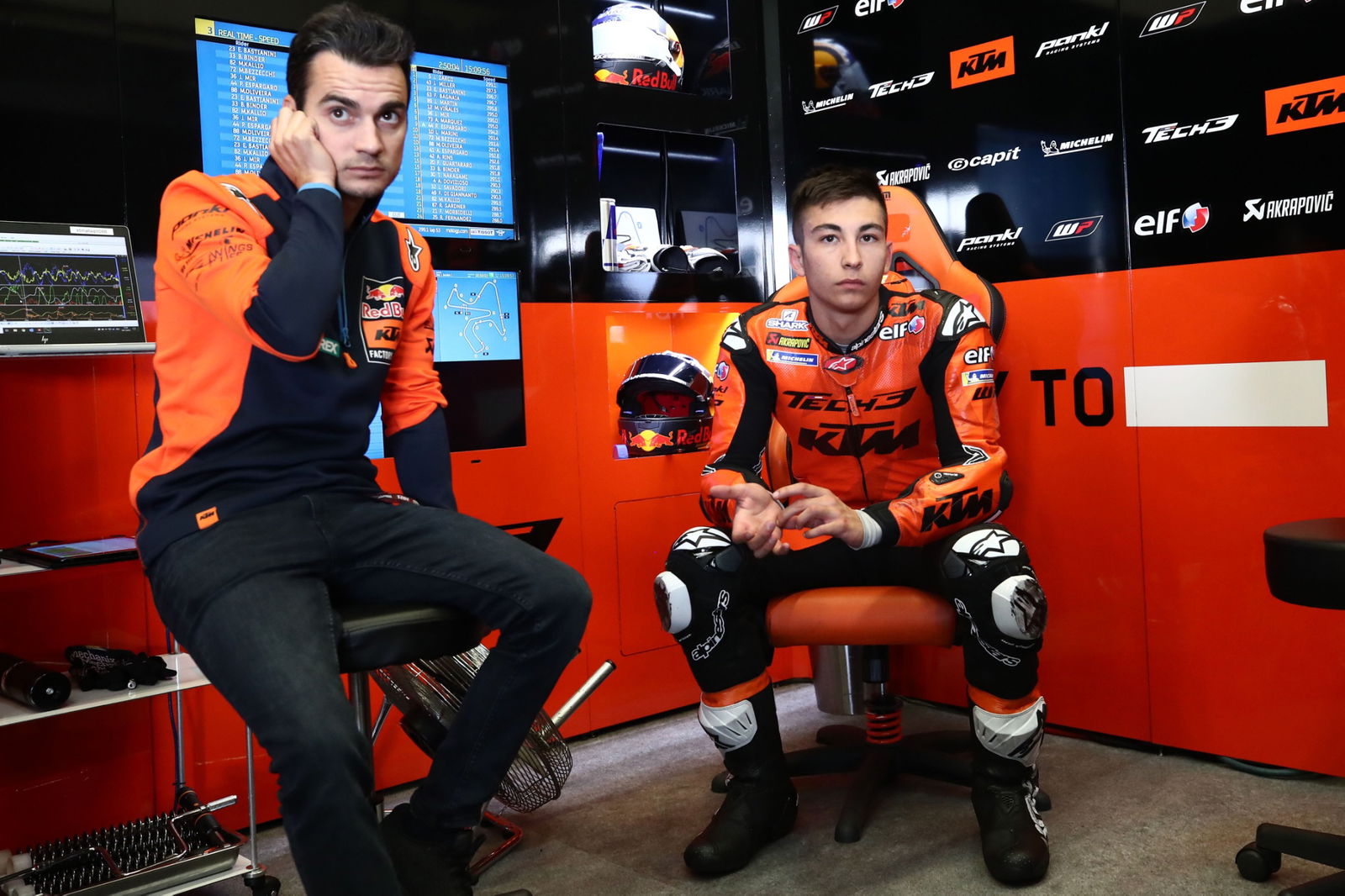MotoGP Podcast: Scientific checks after Yamaha's 2020 valve situation

Following Yamaha's valve situation at the start of 2020, the MotoGP World Championship has adopted a strict 'Standard Checking Plan' with parts scientifically tested to ensure an exact match with those submitted at the start of each season, technical director Danny Alridge has revealed.
During 2020, Yamaha was punished with the loss of 50 constructors' points (which ultimately cost them the title to Ducati) and a total of 57 teams' points (split between the Monster and Petronas squads) after it failed to 'gain approval from the MSMA for the use of valves by two manufacturers'. It's riders were also forced to spend most of the season using only some of their five allowed engines.
Under MotoGP's homologation rules, no changes can be made to the internal design of an engine during the racing season. The rule is enforced by each manufacturer supplying a sample engine at the start of the season, which its GP engines are later checked against.
Yamaha's mistake was to have valves manufactured by two different suppliers, 'according to one common design specification'.
"Yamaha considered these valves to be identical. The regulations don't say you can't use two different suppliers, it says the parts must be identical in every respect. This was the misunderstanding in Japan," Yamaha's racing boss Lin Jarvis explained at the time.
But since it is impossible for two manufacturers to create perfectly identical valves, even if working from the same design specification, Yamaha should have sort prior permission from the MSMA. Size and shape may be the same, but differences in the manufacturing process might mean the blend of materials used to reach that spec is different. The surface hardness might also not be identical, for example.
Yamaha's mistake came to light when it was investigating valve failures at the opening Jerez rounds. Once it became apparent that some of the valves used on track were not from the same supplier as those contained in its sample engine, Yamaha informed MotoGP of its error.
In this extract from the latest Crash.net MotoGP podcast, Danny Aldridge explains how the Yamaha situation has resulted in a forensic level of checking to ensure a similar mistake would now be caught even without a manufacturer coming forwards.
"It was never caught with Yamaha. Yamaha came forwards. They said, 'this is what we’ve done, [because] this is what we believed was right'. And that was how the [valve] incident happened," Aldridge explained. "So it was never a case with Yamaha of, 'we’ve caught you'. It was Yamaha coming forwards.
"But from that situation we've put in place what's called a Standard Checking Plan, which we've started to implement this year.
"We are now sending engines to be checked, fairings to be 3D checked, everything like that. We stripped one spec of every single manufacturer and sent it off to a university to check the materials, the hardness, the dimensions, everything.
"The manufacturers have been really positive. Really helpful. It's very expensive for them, because these parts are being destroyed. I'm not sure they even do [this level of checking] in Formula One.
"So I'd say to the manufacturers, 'when it reaches the end of its life, that engine is being checked'. Some parts then go to one university, some parts to another. It will be dimensionally checked. It will be material checked. Hardness checked…
"If all is okay, that's fine. If not, the engine will be disqualified and [all results with that engine will be lost]."
Download the full podcast here:


